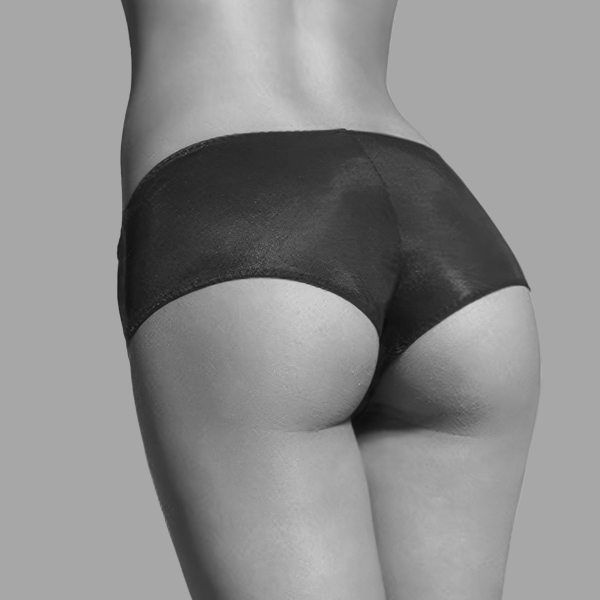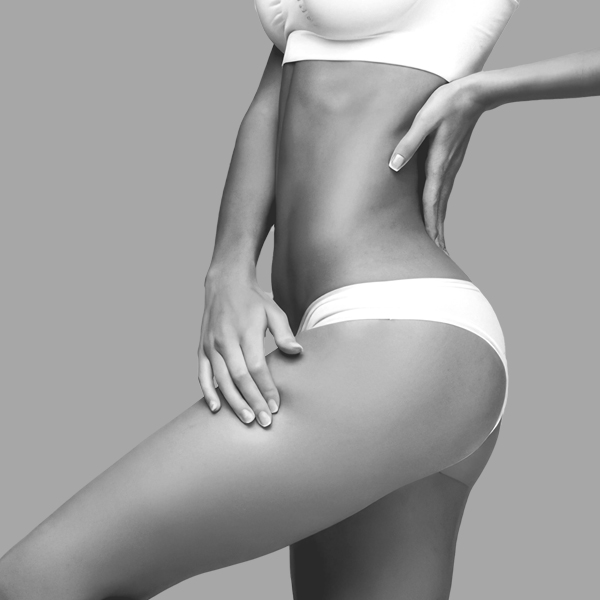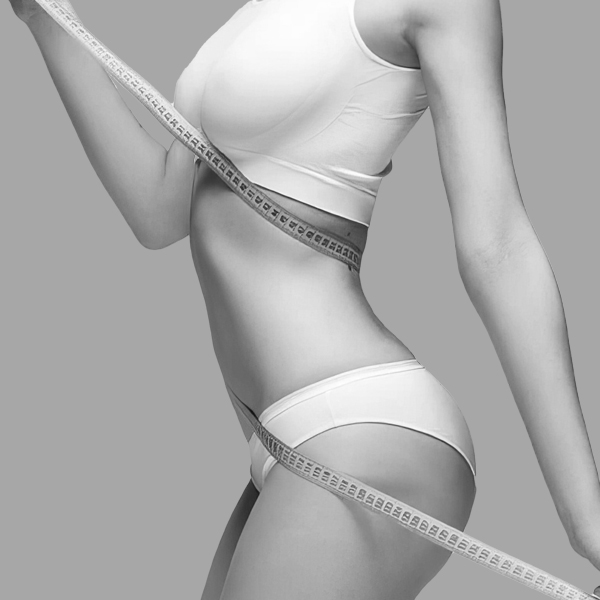Cellulite Treatment-EnzymaticHA
Thin or Overweight / Female or Male, A New Page in Cellulite Treatment!
Cellulite causes wavy irregularity in the skin with an orange peel appearance. Pb serum, i.e. enzymaticHA, is used to free the skin in cellulite treatment.
Resistant Cellulite Problem
Although we have been applying many treatments for cellulite alone or in combination (with more than one method) for years, we have not been able to get an effective result or we have continued to show the same effort, maybe more, every year in the spring.
Especially today, cellulite has unfortunately started to be seen even in children due to the deterioration in nutritional values, the increase in the rate of processed foods, and the consumption of salty and sugary foods. We should also remember that cellulite is also a problem for thin women, as it can have ethnic and genetic origins.
What is Cellulite?
Cellulite has entered the cosmetic and medical literature as ‘peau d’orange’. This condition, which describes the appearance of orange peel, is actually first stage cellulite. The person may be thin or fat. In this stage of cellulite, the circulation is impaired because toxins cannot be removed with edema in the skin area, which is also related to nutrition; when compressed by hand, there is a wavy, orange peel-like skin. In the next stage of cellulite, there is a wavy skin appearance even with normal posture without being squeezed by hand. Here, collagen fibers have decreased, shortened, aged and the skin has begun to dimple slightly. In the third stage, the deterioration and loosening of the skin increases, resulting in an uncomfortable appearance with the appearance of round depressed or recessed hollows in the center. The fourth and final stage is the lobular, glandular stage, in which fat deposits protrude outward, opposite to the dimple, with further deterioration of circulation around the deep dimples. Most women with cellulite problems have all of these stages in various parts of their body at the same time and are referred to as mixed type cellulite.
There are various treatments for resistant cellulite, ranging from devices that cut the fibrous bands under the pits with laser cannulas, radiofrequency and laser applications that tighten the skin around the pits, to hyaluronic acid or calcium injection methods that tighten the skin by stimulating collagen. Patients are often satisfied with these new applications.
A Current Treatment Against Cellulite: EnzymaticHA
EnzymatikHA, which is used for cellulite treatment, cleanses the old and shortened collagen fibers in the skin, allowing the skin to be freed and thus improving the wavy skin. EnzimatikHA aims to restore the skin and improve the appearance of wavy skin by stimulating the production of new collagen. The hyaluronic acid contained in EnzymatikHA can deeply moisturize the skin and trigger fibroblasts, which are the cells of the skin, to produce new collagen. In addition, hyaluronic acid is a powerful substance that enables self-replication. There are three types of enzymes in enzymatic hyaluronic acid. Of these, collagenase stimulates the production of new collagen; lipase ensures that the fats inside the fat cell are dissolved; lyase dissolves edema by reducing sugaring. In cellulite treatment, low pb serum with lyase content is used to reduce edema that causes wavy skin appearance or orange peel appearance; high pb serum with collagenase content is used in advanced cellulite treatment with pits; and medium pb serum, which can have lipase, that is, fat reducing effects, is used in areas with fat bulges and regional excesses.
Enzymatic hyaluronic acid is used not only in the treatment of cellulite, but also in the neck and décolleté areas, abdomen and arms where there are deep wrinkles on the skin that seem to stick together. In addition, thanks to its collagenase content, enzymaticHA is used in the treatment of old surgical scars, burn scars and keloid treatment.
We can talk about three types of EnzymaticHA:
- High enzymaticHA
It is a collagenase-weighted hyaluronic acid effective in the treatment of advanced cellulite, surgical scars, keloid (old thick red band-shaped scars), wrinkled sagging of the skin. - Medium enzymaticHA
It is a lipase-weighted hyaluronic acid that reduces the fat inside the fat cells, which is preferred in the treatment of lipoma (round fat deposits seen on the skin), localized fat excesses, regional excesses, fat bulges around the pits in advanced cellulite. - Low EnzymaticHA
It is a lyase enzyme-dominated hyaluronic acid that reduces the edema problem of first and second stage cellulite, treats mild wrinkles on the skin, resolves the edema under the eyes and has been observed to be effective in under-eye bags (it may be a new treatment choice that we can try before surgery).
When examined histopathologically, it is stated that fibroblastic activation begins on the 2nd day after the procedure and on the 7th day, compared to the control group, fibroblastic activity increases with significant collagen production, the regeneration process in the vessels begins and cellular regularity is observed in the tissue. In enzymatic hyaluronic acid treatment, the treatment area is determined by taking into consideration the patient’s complaint, all previous treatments, age and structural features of the skin. It is decided which formula to start with in this area. Experienced physicians inform their patients by determining the treatment option and treatment interval that best suits their needs.
Who do we recommend?
Anyone of adult age with the problems I have just mentioned. But, of course, those who are pregnant and breastfeeding, those with cardiovascular disease and clotting problems, autoimmune disease, liver or kidney disease, uncontrolled diabetes and infectious diseases should definitely not have it done.
Session intervals are determined as a single session 2-4 weeks apart or, if the area is large, multiple sessions of 2-6 sessions and/or. My recommendation is to proceed as 1 or 2 enzymaticHA in the same session with 3 weeks intervals, combining with other treatments as a single session as needed, or completing 4-6 sessions with multiple sessions. The number of sessions can be reduced by using some techniques together. Depending on the degree of cellulite, 2 sessions may be sufficient with the right combination and the right doses in cases that were initially thought to require three or four sessions. Therefore, it is important to plan the treatment correctly.
Google Reviews




